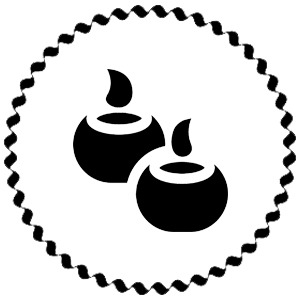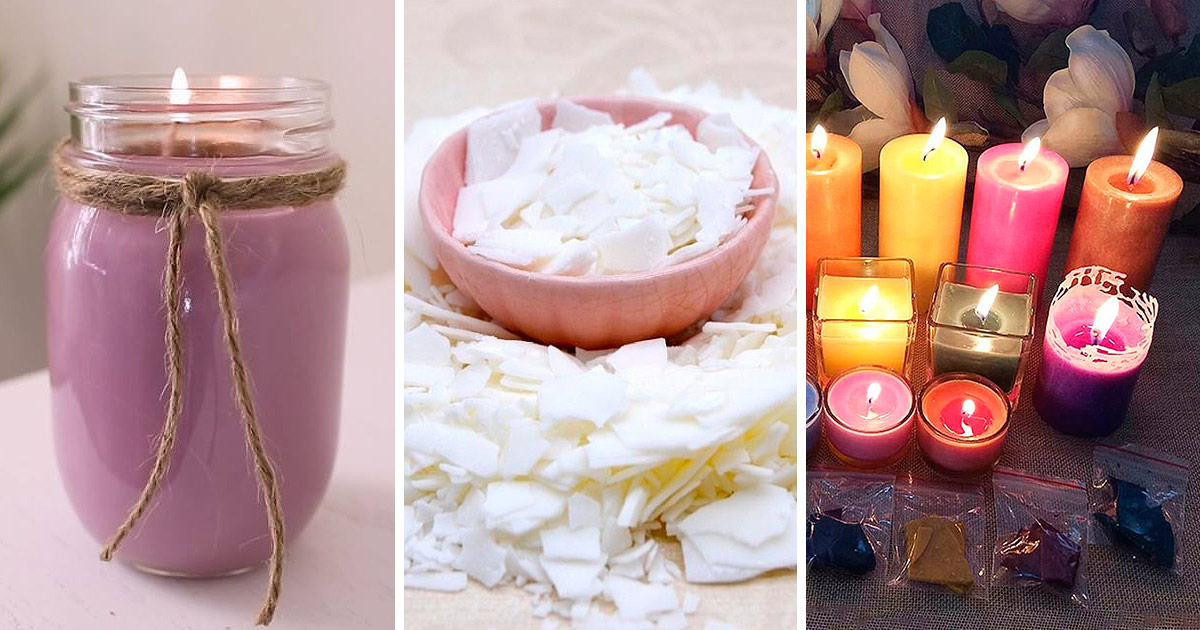Candles have been around since ancient times and remain as one of the most popular decorations and gifts today. Creating a beautiful and inviting atmosphere in any space can be easily accomplished with the use of candles.
But what is the mysterious wax that gives these candles their inviting light and scent? Let’s explore the benefits of using wax for candle making, different types of wax, how they work, and why you should consider using them when making candles.
Table of Contents
How Does Wax Work?
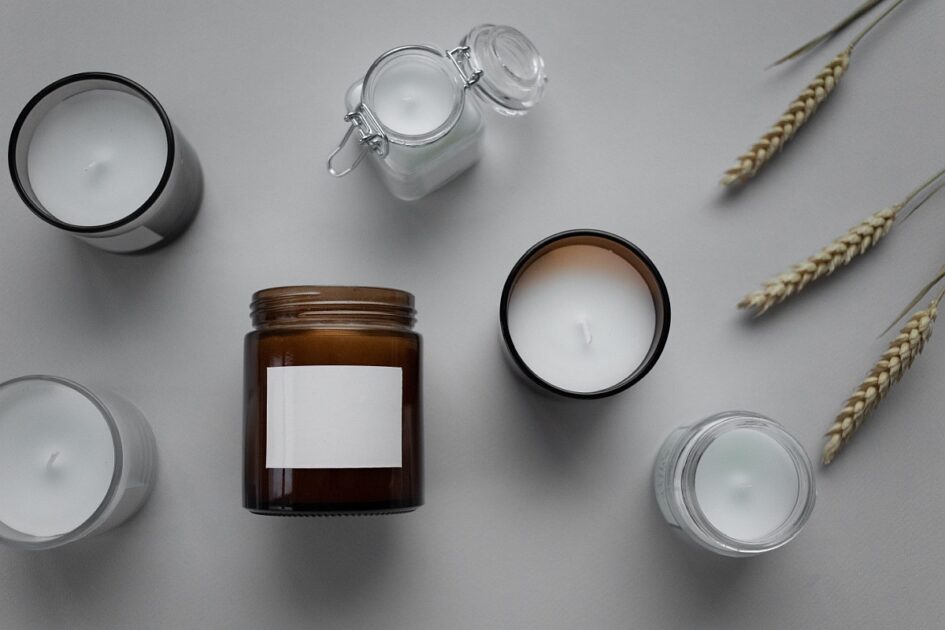
When heated up, the molecules in the candle’s wick begin to break down into tiny particles called ions that form an electrical charge between themselves and the metal core at the center of the wick (this process is known as electrolysis).
These ions then travel up through the liquid pool surrounding them in search of oxygen molecules; once found, these oxygen molecules create a flame as they combine with carbon atoms from within the wick’s core material (usually cotton). This combination creates heat energy which melts nearby bits of liquid wax around them—and this cycle continues until all available fuel sources have been consumed by fire!
Why Does Wax Matter?
The type of wax used in a candle affects its ability to burn properly and evenly while also influencing its level of scent throw, cost, and appearance. Different types of wax can also create different effects like cracking or frosting—which are both popular looks that customers love.
There are several popular types of waxes used in candles today including soy, paraffin, beeswax, and palm wax.
Soy Wax
Soy wax is a natural product made from soybeans which helps support American agriculture. Soy candles typically burn slower than other types of wax and they are biodegradable and renewable.
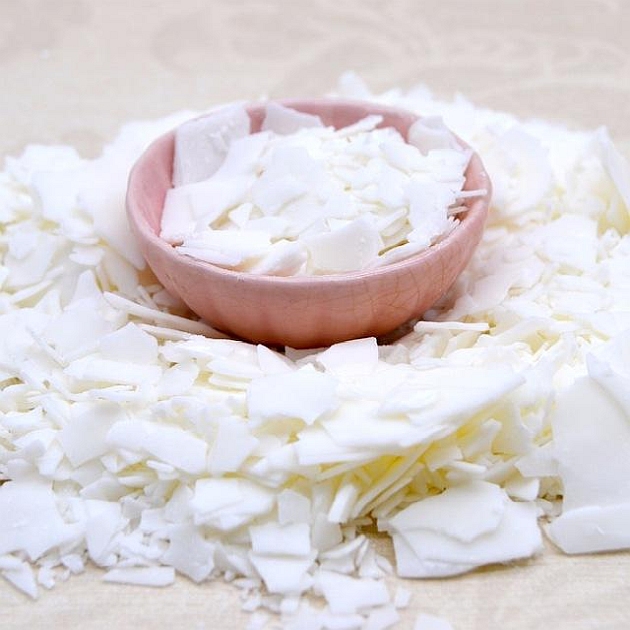
This type of wax also provides great scent throw so you can be sure your customers will enjoy their fragrant purchases! However, soy candles tend to have shorter burn times than other types so keep this in mind when choosing a wax for your candles.
Paraffin Wax
Paraffin is one of the most common types of candle making wax because it offers a good balance between price point and performance. It can accept high levels of fragrance oils which makes it great for scented candles as well as pillars or votives with intricate designs or colors due to its low melting points.
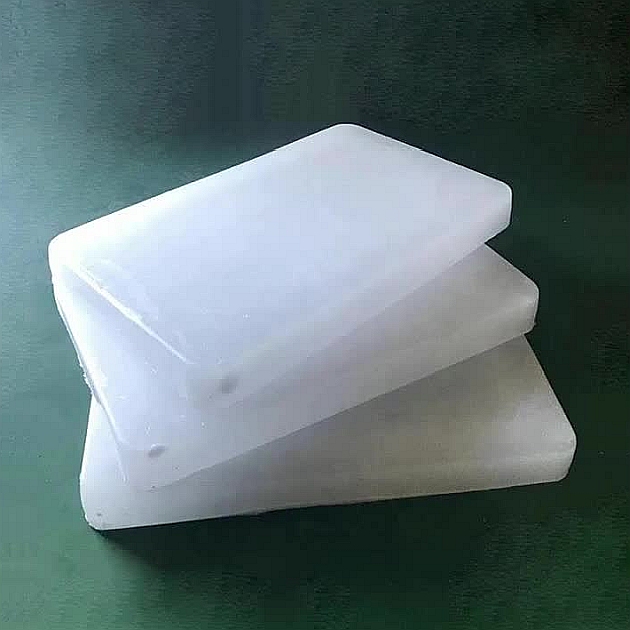
Paraffin does produce more soot than other kinds of wax so make sure you use wicks that are specifically designed for paraffin candles if you decide to go this route.
Beeswax
Beeswax has been used in making candles since ancient times due to its heavenly aroma and natural honeycomb coloration. Beeswax is slow burning, non-toxic, hypoallergenic, water repellent, smoke free, non-carcinogenic (unlike paraffin), and even burns cleaner than vegetable based alternatives like soy or palm!

Unfortunately beeswax is usually quite expensive due to its limited availability but it does offer superior performance compared to other kinds of waxes on the market.
Palm Wax
Palm Wax comes from renewable resources like coconut oil and palm oil which make it an eco-friendly option for those looking for sustainable options when it comes to candle making materials! It offers a unique crystalline effect when cooled that makes any finished product look truly stunning!
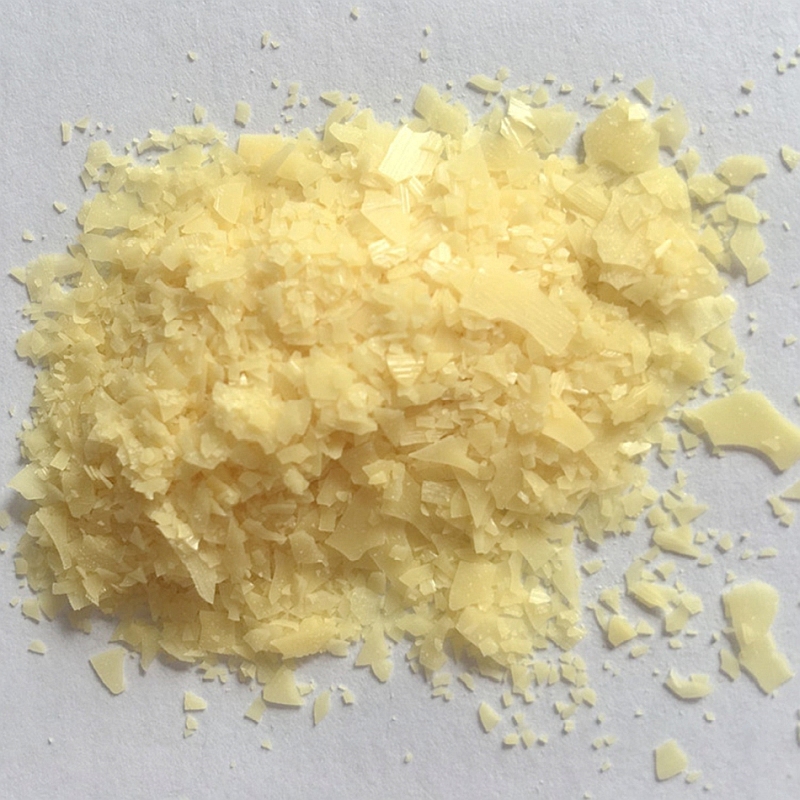
Furthermore, palm wax has an excellent scent throw as well as longer burn times compared to other types but does tend to be slightly more expensive than some alternatives like soy or paraffin.
Benefits of Wax for Candle Making
Using quality wax is essential in creating beautiful, long-lasting candles. Wax helps provide structure to the candle while also preserving it over time by preventing moisture from evaporating away. Furthermore, choosing the right type of wax can give your candles additional benefits such as reduced sooting or longer burn times due to their higher melting points.
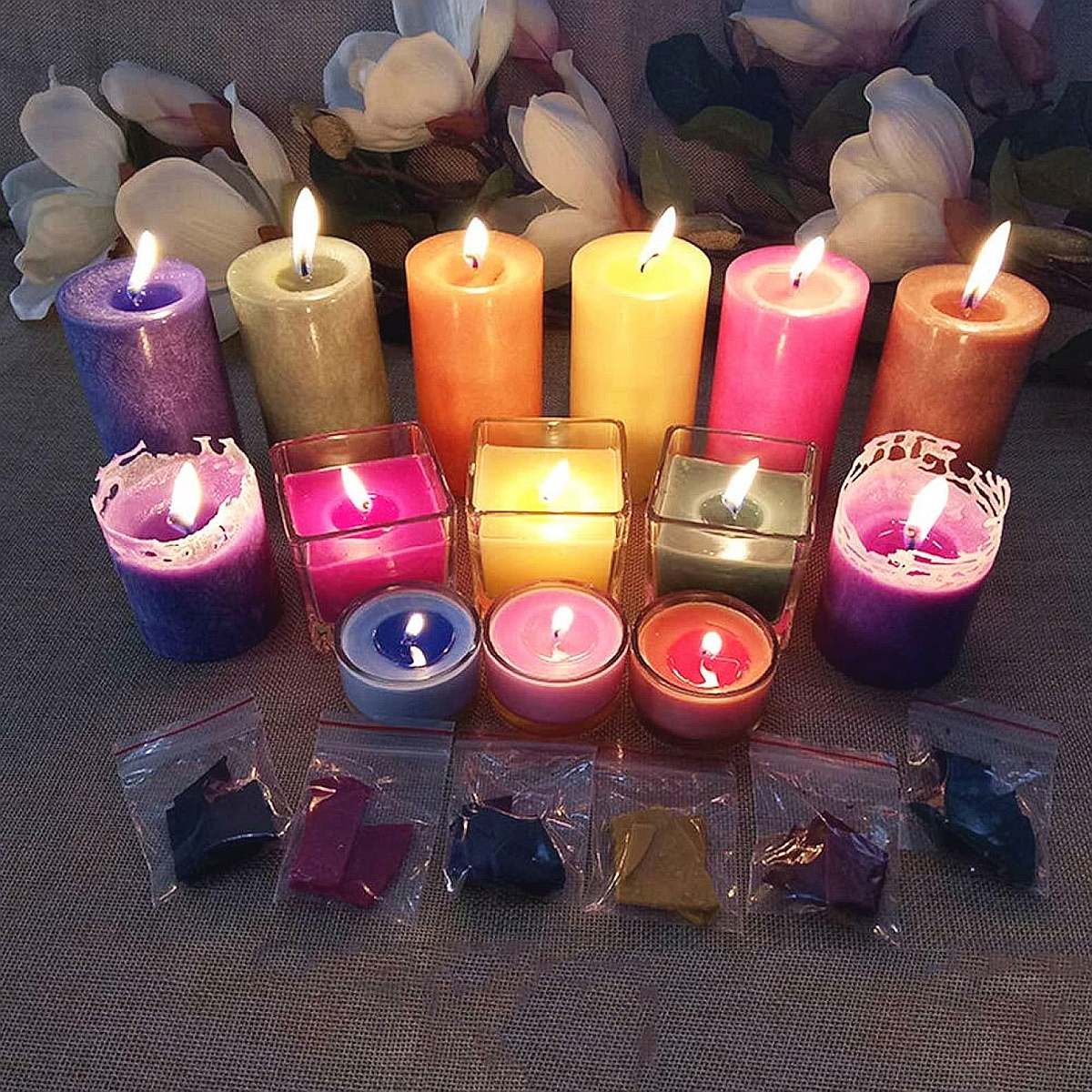
Additionally, some types of wax can produce attractive visual effects such as crystallized patterns or even sparkles! Lastly, using natural ingredients like beeswax or soy can create an eco-friendly product that helps reduce your environmental footprint.
Around 10 thousand (!) tin candles from recycled wax, cardboard paper and cans are being sent to Ukraine 🇺🇦. Hand-made by #Scouts and friends from all over Czechia 🇨🇿, to be used in areas with limited access to electricity due to Russian attacks on civilian infrastructure. [1/2] pic.twitter.com/sSUjKqO31e
— #SKAUT 🇨🇿 (@skaut) March 17, 2023
DIY Candle Ideas
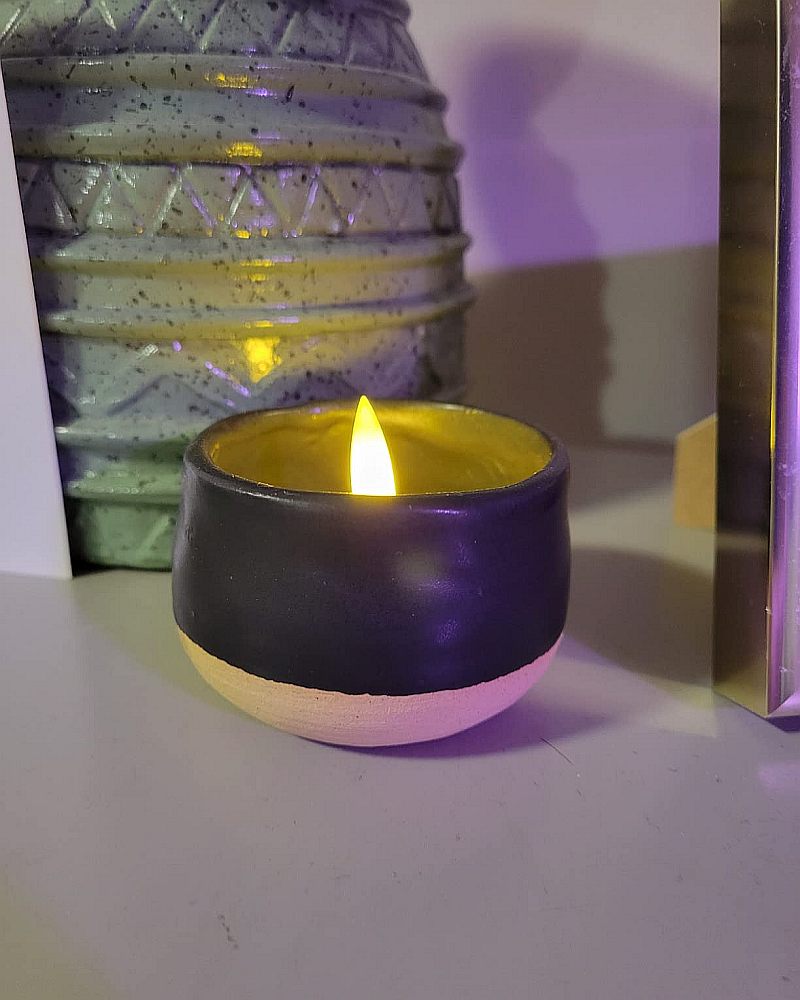
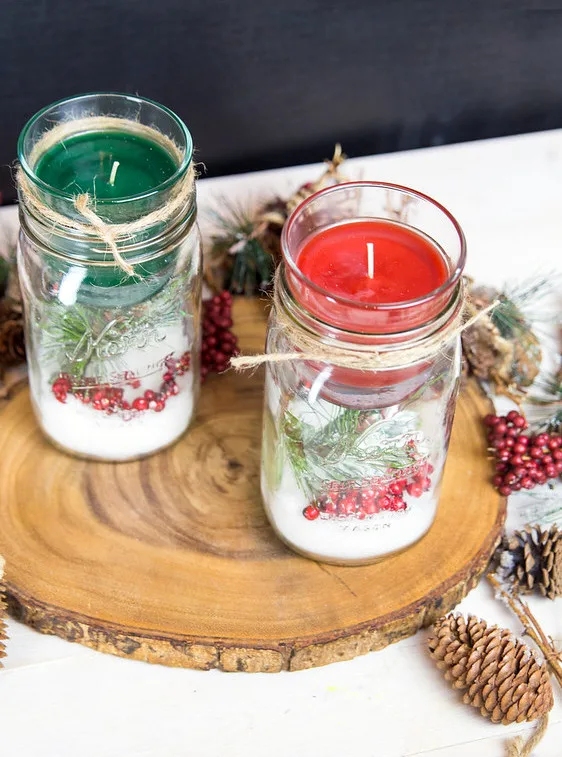
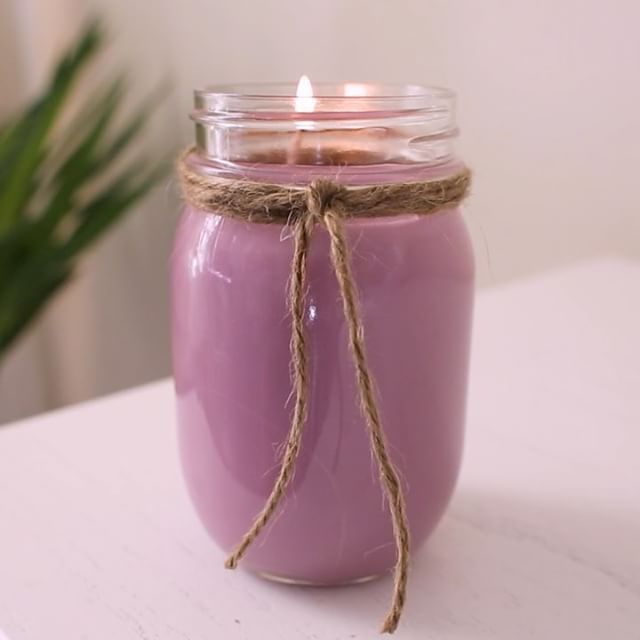
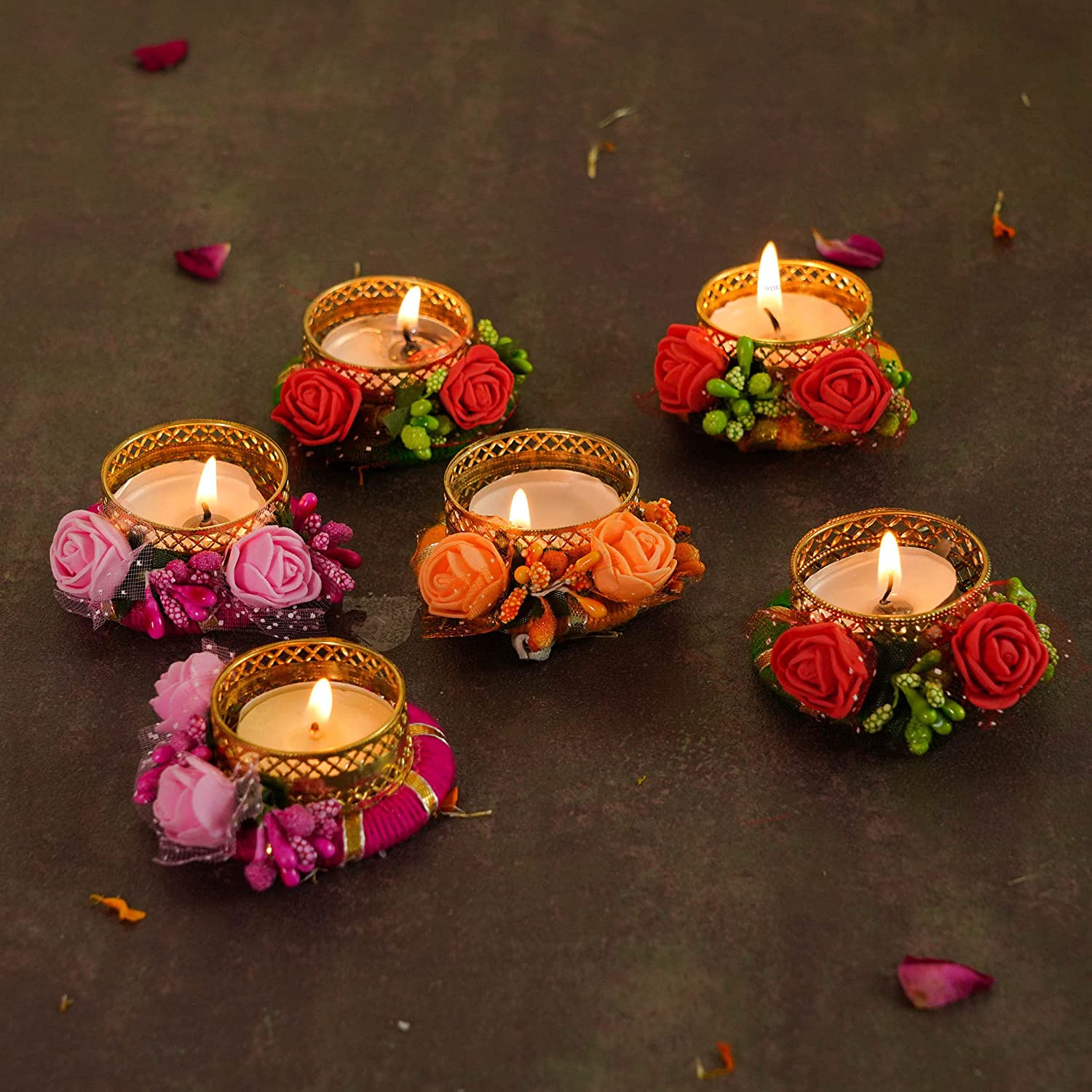
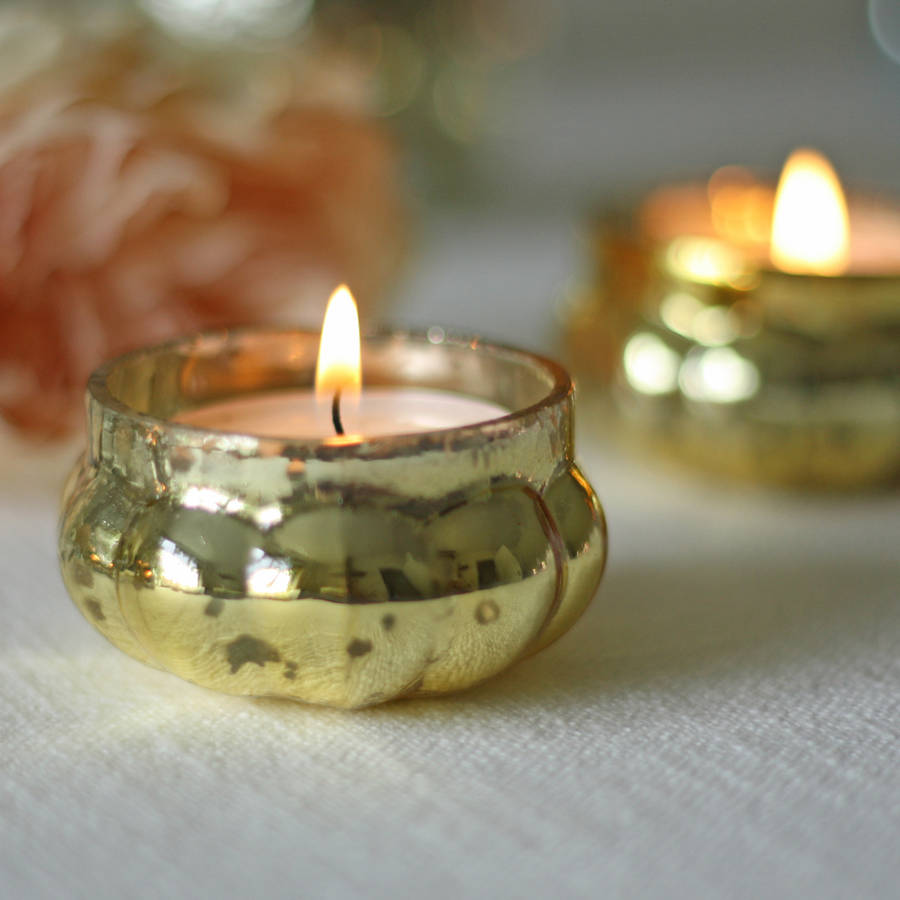
Conclusion
Candle making can be an enjoyable hobby or side hustle if you have the right tools and materials on hand. Candle makers must choose their own type(s) of wax depending on their needs; each type has its advantages and drawbacks but all will help you create beautiful personalized candles for yourself or others! Understanding how different kinds of candle wax types work together with wicks helps guarantee successful results every time you make a new batch; so don’t be afraid to experiment with various combinations until you find one that works best for you! With just a little practice anyone can become an expert at crafting amazing custom creations – just remember never to leave any open flame unattended!
